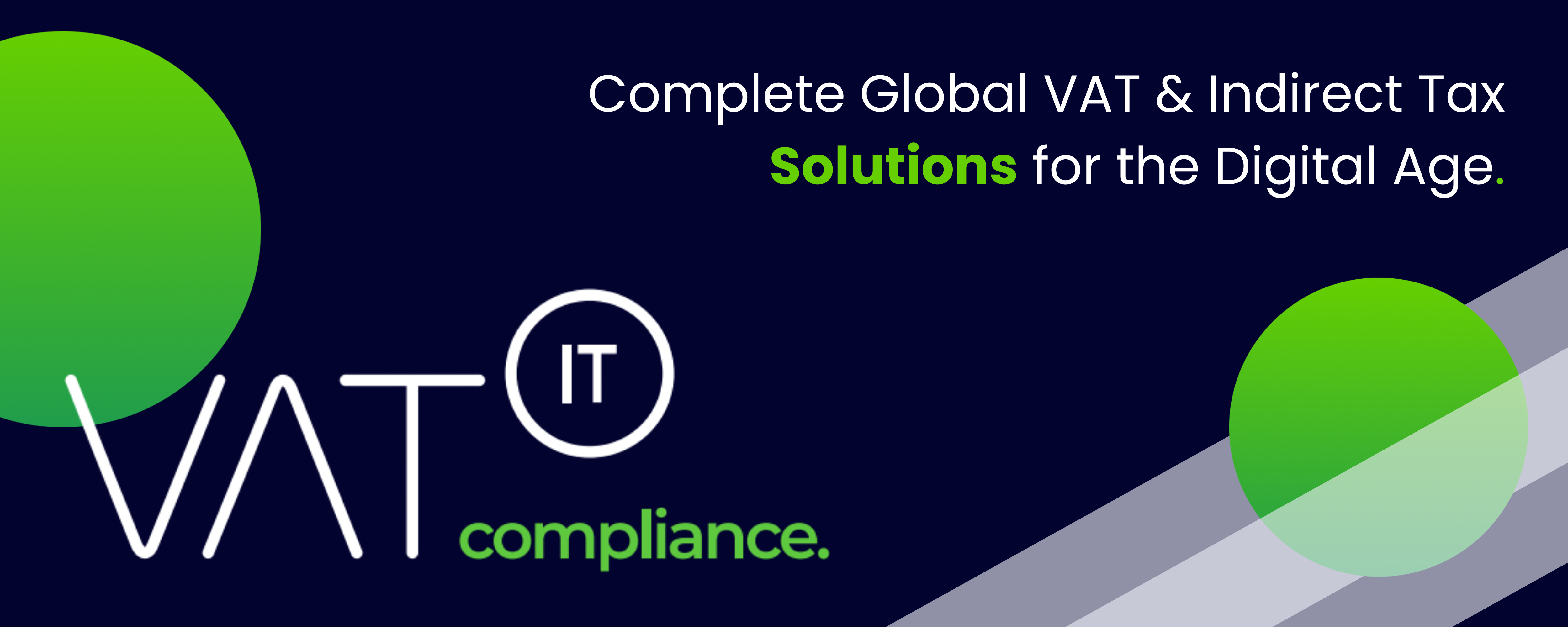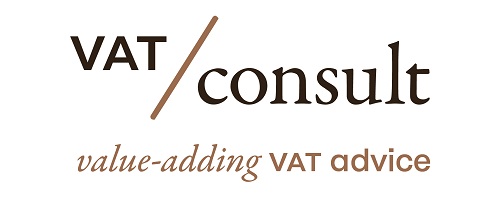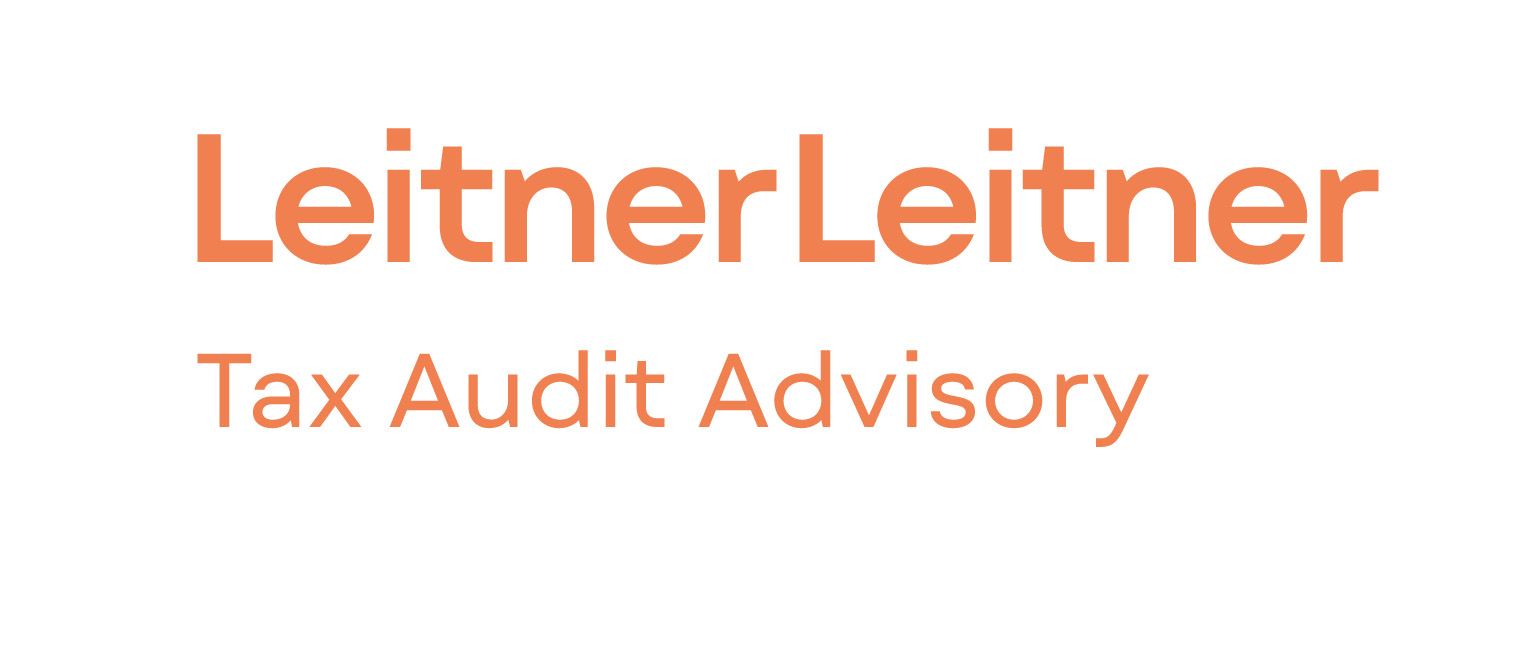Since 2020, the VAT exemption for cross-border sales of goods within the EU, including movements of own goods (MOOG), “shall not apply where the supplier has not complied with the obligation” to submit correct EC Sales Lists (“recapitulative statement” / Art. 138 Abs. 1a EU VAT Directive). Some member states have taken very strict approaches, resulting in MOOGs recently being subjected to final VAT cost in the member state of origin. This result is often perceived as justifiable under the new law since 2020, based on the notion that in order to have a (fictitious) 0% MOOG, you need the counterparty VAT ID and list in EC Sales Lists, which have to be submitted timely and correctly. Many member states understand these as ‘substantive conditions’ for the VAT exemption. There is a controversy in many member states, however, as to whether VAT charged for an MOOG could be recovered as input VAT or not, so a final VAT burden can remain.
Source Baker & McKenzie
Latest Posts in "European Union"
- EU Council Approves Customs Duty Cuts on Ukrainian Agri-Food Products
- EC Report: Three EU Countries Account for 75% of VAT Rate Deviations
- EU Report Reveals Major Disparities in VAT Rate Exception Applications
- Roadtrip through ECJ Cases – Focus on Place of Supply of Intra-Community Acquisitions – ”Triangulation” (Art. 42)
- Briefing document & Podcast: C-536/08 (X) and C-539/08 (Facet Trading) – No deduction on Intra-EU acquisitions taxed at the MS of identification of the purchaser, instead of the destination













